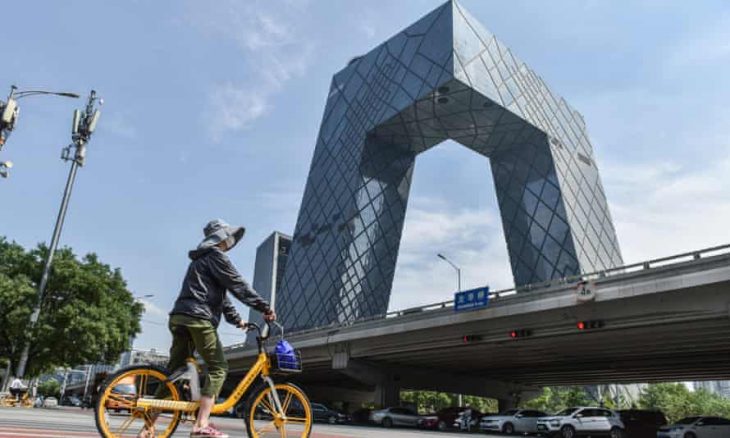In China, a bizarre poll has been initiated to identify and list the ‘ugliest’ buildings and pieces of architecture within the country. As we write, a public poll is underway, which has already identified a ‘violin-shaped church’, an ‘upside down house’ and a hotel modelled on a ‘Russian doll’ as entries.
A CNN report mentions that the poll follows a Xi Jinping government-issued directive calling for an end to “oversized, xenocentric, weird” structures in the country. Chinese architecture website Archcy.com, therefore, has now identified some 90 contenders for the 12th edition of its annual ‘Ugliest Building Survey’.
The shortlist includes skyscrapers, museums, hotels and sports facilities, with “unusual shapes” and “tactless ornamentation” that may have contributed to China’s reputation for bizarre architecture.
Per the report, public poll has already attracted more than 30,000 votes, and is currently being led by a “five-arched gate at Zhejiang University in Hangzhou” — the capital of Zhejiang province. Next in line is a glass bridge in Sichuan province, which is “suspended between statues of giant men and women in traditional costume”.
Other buildings which have made the shortlist include a museum that has been likened to pots of instant noodles, and a 1.5 km stretch of Shanghai towers connected by a “single undulating roof”.
According to the CNN report, the voting will go on till December, after which a panel comprising architects, critics and academics will decide. The evaluation will be based on nine criteria, including whether the building is deemed “inharmonious” with the surroundings, or if its design is thought to have been “plagiarised”. The final selection of 10 ‘ugliest buildings’ will be announced at the end of the year, with public polling accounting for about 40 per cent of the final decision.
According to The Guardian, in April 2021, the national development and reform commission (NDRC) had banned the construction of “ugly buildings”. In fact, Beijing’s top economic planning body even urged local governments to ensure buildings were “suitable, economical, green and pleasing to the eyes”, but did not specify what is regarded as ‘ugly’ architecture.







Leave a Reply